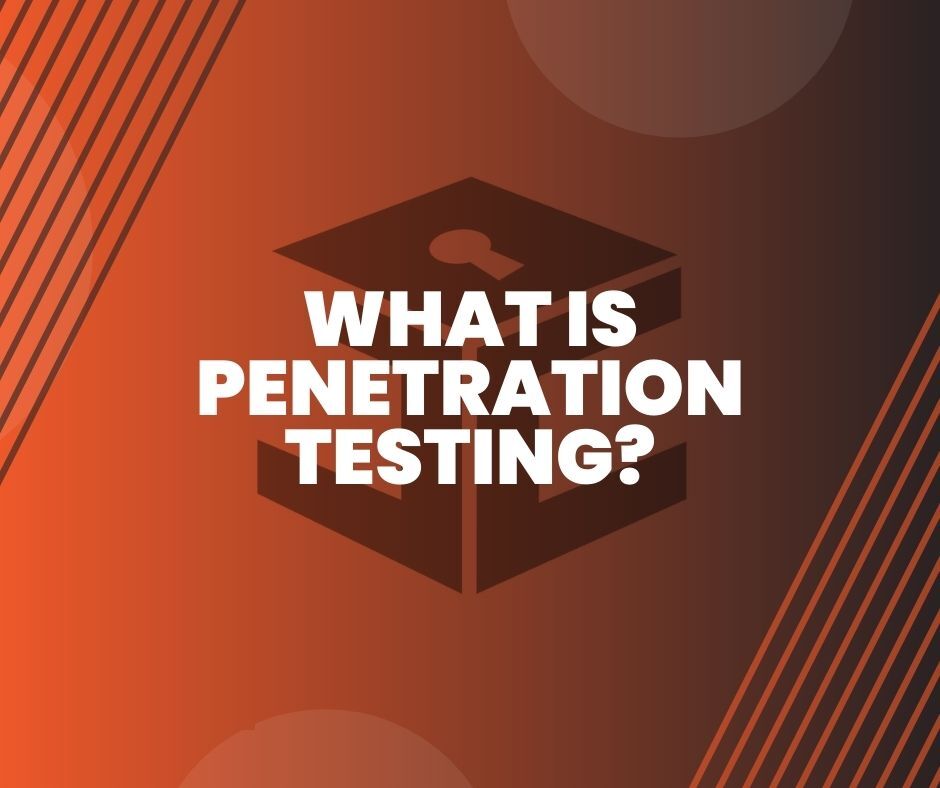CYBER SECURITY SOLUTIONS > ADVICE & CONSULTANCY
Website Application Penetration Testing
A web application penetration test aims to identify security issues resulting from vulnerabilities in the design, coding and publishing of software or a website.
This can include:
- Testing user authentication to verify that accounts cannot compromise data;
- Assessing the web applications for flaws and vulnerabilities, such as XSS (cross-site scripting);
- Confirming the secure configuration of web browsers and identifying features that can cause vulnerabilities; and
- Safeguarding web server security and database server security.
The vulnerabilities are presented in a format that allows an organisation to assess their relative business risk and the cost of remediation. These can then be resolved in line with the application owner’s budget and risk appetite, inducing a proportionate response to cyber risks.
Responsible for a website or web application?
Ask yourself:
- Could your application be exploited to access your network?
- Do you use an off-the-shelf CMS (content management system)? Is it vulnerable to attack?
- Could your identity credentials be hacked, or account privileges escalated?
- Do you process or store payment details on your website?
- Does your application store personally identifiable information at the back-end?
- Is your API secure?
Our approach to testing...
Benefits
Gain real-world insight into your vulnerabilities.
Improve access
control.
Keep untrusted data separate from commands and queries.
Discover the most vulnerable route through which an attack can be made.
Develop strong authentication and session management controls.
Find any loopholes that could lead to the theft of sensitive data.
We take a first principals approach to application vulnerability detection, and therefore we are not bound to any platform or signature database
Rather than use a database of static signatures, we approach each test in the same way a hacker or penetration tester would and apply a testing methodology. The vast majority of application security flaws, such as SQL Injection and Cross-Site Scripting arise from insecure processing of input supplied by the client. We adopt a first principals approach when testing each input by examining the original expected value and the servers response when the value is modified. By adopting this methodology, we are able to determine how data may be being processed by the server and can then dynamically evolve each test to identify vulnerabilities. This approach results in more accurate testing and allows us to identify security flaws that may be masked by security filters and Intrusion Prevention Systems (IPS), but could still be exploited by a real-world attacker.
Key Features
Zero Day Detection
We detect security flaws by adopting a first principles methodology rather than firing checks from a known vulnerability database. This approach successfully identifies security flaws within applications and systems that are previously unknown and undisclosed. We can then work directly with the vendor to ensure the flaw is fixed and a patch is made available.
Browser-based crawler
Modern web applications built on frameworks such as Angular and ReactJS prove problematic for traditional crawlers that rely on scraping HTML. Navigation and other key application components are often driven through JavaScript events which are completely invisible when analysing HTML.
To overcome this limitation, we use a browser-based crawler that combines application modelling techniques and subtle heuristical cues to automatically discover the complete attack surface of any given application in the shortest time possible.
Safe Exploitation
A key deliverable in professional penetration testing is to demonstrate the real-world impact of discovered vulnerabilities.
We provide an option to safely exploit vulnerabilities so that real business impact can be demonstrated to all stake holders from board level to the development team.
OWASP Top 10
Web application scanning covers all known vulnerability classes including all of the OWASP top 10. Easily view and manage all your known OWASP top 10 vulnerabilities in scans and reports.
Temporary components such as micro-sites and marketing landing pages can become forgotten and unmaintained. These no-longer linked components may hide a critical security flaw and therefore it is important we test every component an attacker may target. We query search engines such as Google and other online indexing services to gather a list of URLS both past and present to factor into the attack discovery phase.
Open source intelligence gathering
You May Also Like...
A penetration test ultimately seeks to answer the question “How effective is my organisation’s security controls against a skilled human hacker?” while determining the security posture of your organisation's network infrastructure and identifying any potential risks.
Birthday Sparks
There are many different penetration testing methods that can be carried out against your business. They all have their own unique benefits and should be carried out annually, as a minimum requirement, to ensure continuing business compliance
A web application penetration test aims to identify security issues resulting from vulnerabilities in the design, coding and publishing of software or a website.
Frequently Asked Questions
SPEAK WITH A CYBER EXPERT TODAY
Fill in the form or call us on 0333 305 0605 and one of our Cyber Security experts will be happy to assist you








